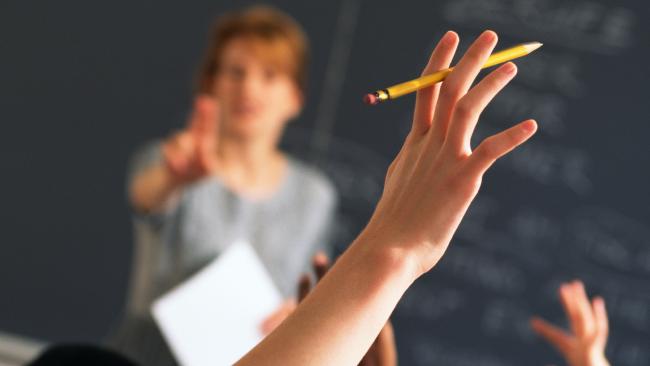Maybe it is your unconscious body language that is keeping you from getting the best results out of your class. Try a bit of an exercise and put yourself in the mind of the student for one minute. In a professional environment, you can break down your audience into two separate opposing camps. The first of these groups being those that are there because they genuinely want the knowledge and are excited to take the class. Your goal with this group is to keep that enthusiasm high. To reward them subtly for their attention and to create an environment where they feel as if they can contribute to the discussion. The second group are those that feel they must be there but have no desire for the knowledge. In a professional setting, these are the students that must take continuing education, re-certification, and the like. In an academic setting, these students must attend this class to take the classes that “matter” to them. Either way, they are predisposed just to want it over and done with. The most interesting challenge in teaching is reaching both of the groups at the same time. No easy task to be sure.
Body language is key
The trick to keeping both of the parties involved is in your body language and the style in which you deliver the information. Have you ever attended a class and thought the teacher seemed cold, unwelcoming or closed off? The content may have been just what you needed, but you left feeling as if the class could have been so much more. Have you ever attended a class and thought the teacher seemed cold, unwelcoming or closed off? The content may have been just what you needed, but you left feeling as if the class could have been so much more. Or perhaps you attended a seminar, and the opposite happened, the instructor was lively and engaging. Did you feel, afterward, that the class was a success, even if you didn’t have high hopes when you walked in? It is a universal truth that people from all walks of life and from all over the planet have one thing in common. We are predesigned to relate to one another, to want to connect, to find common ground. We, as teachers, need to look for ways to amplify this natural desire in the face of, let’s face it, sometimes boring topics. Here are 3 simple ways to improve your connection with your group:
1. Smile more, a lot more!
I found that, for the most part, I had a serious look on my face when teaching, even when the content I was delivering was supposed to be light and not too serious. A large part of teaching is connecting with your audience and a frown, or blank face is a roadblock to that connection. People are naturally drawn to happy, smiling people and will want to hear more of what you have to say when they feel as though you are happy to be delivering the message.
2. Great eye contact
The more you can make your class, speech, or lecture feel like a conversation, the better engaged your audience will feel. When you make eye contact with an individual, they will feel as if you have noticed them, and that they matter to you. It tells them that you want them to understand what you are saying, and you care about their involvement. This is one of the most powerful tools a teacher can use.
3. Speak TO them, not AT them
How often do you move throughout the room? Do not be a podium teacher. Walking and speaking creates an amazing effect on your students. They feel compelled to follow you with their eyes, and the ears will then naturally come along for the ride. Try walking up and down the isles, as you speak. Walk in random patterns and stop in different parts of the room. This urges the students or listeners to constantly be aware of where you are. When you combine this with making personal eye contact when you approach someone, they can’t help but feel engaged. So, too often, we focus on lesson plans, daily distractions, or just making it to the bell. Being a teacher with bad body language, however, is akin to being a sprinter with no shoes. Sure, you will make it around the track, but can you ever hope to win?
